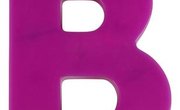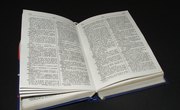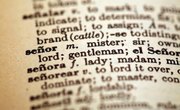College textbook prices are a problem facing all college students. Students try saving money by buying used books, but the U.S. versions of textbooks are still high when purchased used. The international versions of these textbooks are less expensive, but students often wonder about potential differences. The differences between U.S. and international textbooks are fewer than college students may expect.
Different Cover
The main difference between the U.S. version and the international version of a textbook is the cover. Many U.S. textbooks have a hard cover, known as casebound, while the international version has a soft cover. In some cases, the images on the cover may differ slightly while others will have the same cover image and design on a paperback book.
Black and White Images
Most international textbooks will have a black and white scheme only, meaning the images in the textbook are printed in black and white rather than color. The U.S. textbook versions will usually have colored images inside.
Spelling Differences
Depending on the country where the international book is printed, one potential difference is spelling. International textbooks may use the British spelling of words rather than the American spelling. Some international books will not have any spelling differences and will print from the same page design as the U.S. texts.
Content
The content of the international version and the U.S. version is usually exactly the same. Zeno Books, which sells international versions of U.S. textbooks, points out that in most books there are no differences, but there are some exceptions when a few problems, such as review questions, may differ. While a few problems may differ, the reading content is identical.










